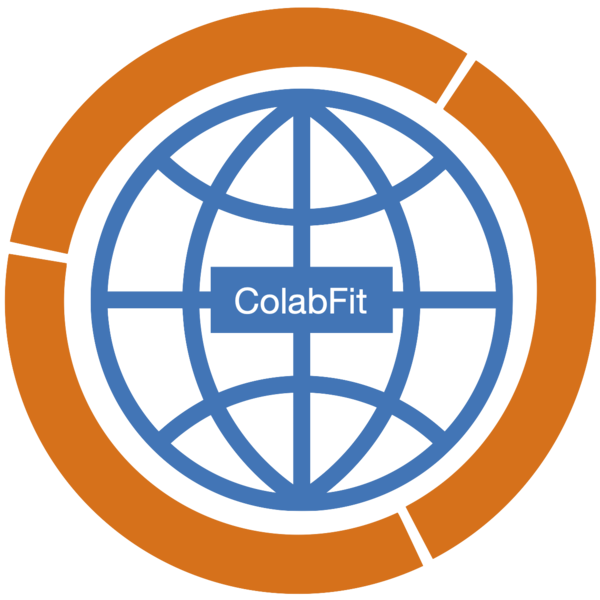Dataset
linear_magnetic_coefficient_in_Cr2O3_JPCM2024
Species content of dataset
Dataset viewer powered by Hugging Face
| Name | linear_magnetic_coefficient_in_Cr2O3_JPCM2024 |
|---|---|
| Extended ID | linear_magnetic_coefficient_in_Cr2O3_JPCM2024__Bousquet-Lelievre-Berna-Qureshi-Soh-Spaldin-Urru-Verbeek-Weber__DS_82x5bfiiyaij_0 |
| Description | We establish the sign of the linear magnetoelectric (ME) coefficient, α, in chromia, Cr₂O₃. Cr₂O₃ is the prototypical linear ME material, in which an electric (magnetic) field induces a linearly proportional magnetization (polarization), and a single magnetic domain can be selected by annealing in combined magnetic (H) and electric (E) fields. Opposite antiferromagnetic domains have opposite ME responses, and which antiferromagnetic domain corresponds to which sign of response has previously been unclear. We use density functional theory (DFT) to calculate the magnetic response of a single antiferromagnetic domain of Cr₂O₃ to an applied in-plane electric field at 0 K. We find that the domain with nearest neighbor magnetic moments oriented away from (towards) each other has a negative (positive) in-plane ME coefficient, α⊥, at 0 K. We show that this sign is consistent with all other DFT calculations in the literature that specified the domain orientation, independent of the choice of DFT code or functional, the method used to apply the field, and whether the direct (magnetic field) or inverse (electric field) ME response was calculated. Next, we reanalyze our previously published spherical neutron polarimetry data to determine the antiferromagnetic domain produced by annealing in combined E and H fields oriented along the crystallographic symmetry axis at room temperature. We find that the antiferromagnetic domain with nearest-neighbor magnetic moments oriented away from (towards) each other is produced by annealing in (anti-)parallel E and H fields, corresponding to a positive (negative) axial ME coefficient, α∥, at room temperature. Since α⊥ at 0 K and α∥ at room temperature are known to be of opposite sign, our computational and experimental results are consistent. This dataset contains the input data to reproduce the calculation of the magnetoelectric effect as plotted in Fig. 3 of the manuscript, for Elk, Vasp, and Quantum Espresso. |
| Authors |
Eric Bousquet Eddy Lelièvre-Berna Navid Qureshi Jian-Rui Soh Nicola Ann Spaldin Andrea Urru Xanthe Henderike Verbeek Sophie Francis Weber |
| DOI |
10.60732/85b7fa44
https://commons.datacite.org/doi.org/10.60732/85b7fa44 https://doi.datacite.org/dois/10.60732%2F85b7fa44 https://doi.org/10.60732/85b7fa44 Cite as: Bousquet, E., Lelièvre-Berna, E., Qureshi, N., Soh, J., Spaldin, N. A., Urru, A., Verbeek, X. H., and Weber, S. F. "linear magnetic coefficient in Cr2O3 JPCM2024." ColabFit, 2023. https://doi.org/10.60732/85b7fa44. For other citation formats, see the DataCite Fabrica page for this dataset. |
| Calculated Property Types |
atomic_forces cauchy_stress energy |
| Elements |
Cr (40.0%)
O (60.0%) |
| Number of Configurations | 165 |
| Number of Atoms | 1,650 |
| Publication Link | http://doi.org/10.1088/1361-648X/ad1a59 |
| Data Source Link | https://doi.org/10.24435/materialscloud:ek-fp |
| Configuration Sets by Name | |
| Configuration Sets by ID | |
| ColabFit ID | DS_82x5bfiiyaij_0 |
| Downloads | 7 |
| Files | colabfitspec.json |
No uploaded content is transferred in ownership from the original creators to ColabFit. All content is distributed under the license specified by its contributor who has stated that he or she has the authority to share it under the specified license.
